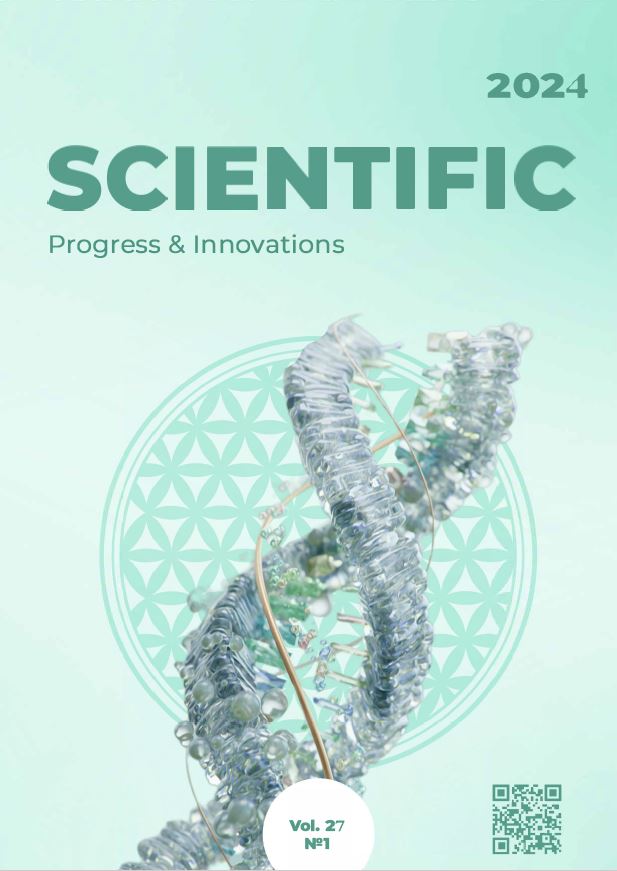Development of phyto-, zooplankton in fish ponds "Karpatskyi vodograi" LLC and their saprobiological characteristics
DOI:
https://doi.org/10.31210/spi2024.27.01.14Keywords:
phytoplankton, zooplankton, qualitative composition, quantitative development, saprophity., water quality, feeding pondsAbstract
Qualitative composition and quantitative development of phyto- and zooplankton during the growing season in fish ponds of the “Karpatskyi Vodograi” and their saprobic characteristics in fish farming. It was found that the phytoplankton in the investigated fish ponds was represented by 112 and 117 species, while intraspecific taxa included six systematic divisions of algae: Cyanophyta, Euglenophyta, Dinophyta, Bacillariophyta, Chlorophyta, and Chrysophyta. The majority of phytoplankton species in both ponds was composed of green algae, accounting for up to 55.0 % of the total identified species. Subdominant groups included Euglenophyta (up to 19.0 %) and Diatomophyta (up to 16.0 %). The quantitative development of phytoplankton in the studied water bodies was characterized by high values, with the mid-season abundance ranging from 541,195.5±220,309.7 to 280,652.3±91,524.2 thousand cells/dm3, and biomass ranging from 52.4±19.6 to 53.87±22.69 mg/dm3. However, the majority of both the abundance (80.8–92.5 %) and biomass (34.6–69.7 %) of phytoplankton were represented by cyanobacteria, which are less valuable as food for zooplankton and phytoplanktophages. The species diversity of zooplankton was limited, with only 18 and 17 species identified in the investigated fish ponds, which included three main groups of organisms: Rotifera, Cladocera, and Copepoda. The core of the species diversity in both ponds was formed by cladocerans (53.0–55.0 %) and copepods (28.0–29.0 %). The share of rotifers did not exceed 17.0–18.0 % of the total number of identified species. In terms of faunal spectrum, the zooplankton in both ponds was of the cladoceran-copopod type, which is desirable for fish ponds. The quantitative development of zooplankton in these water bodies was low, with mid-season values not exceeding 48.89±29.09–74.98±37.15 thousand individuals/m3 in abundance and 1.06±0.66–1.54±0.75 g/m3 in biomass, indicating active consumption of this trophic niche by the existing fish fauna. Analysis of the saprobic characteristics of phyto- and zooplankton in the investigated fish ponds showed that the majority of saprobic indicator species, both for phytoplankton (up to 70.0 %) and zooplankton (up to 46.0 %), belonged to β-mesosaprobic organisms. The average saprobic indices for the growing season were at the level of 1.83±0.07–1.85±0.05 for phytoplankton and 1.52±0.16–1.76±0.26 for zooplankton that corresponded to the water quality class II, ''fairly clean'' category, indicating a satisfactory ecological condition of ponds at this enterprise.

 Creative Commons Attribution 4.0 International Licens
Creative Commons Attribution 4.0 International Licens